Figures & data
Table 1 List of Covariates That Were Defined to Characterize Patients with COPD Who Experienced Re-Exacerbation Events in ECLIPSE (Cohort A), and to Characterize Patients with Prolonged Exacerbation Duration (Cohort B)
Figure 1 CONSORT diagram of patient disposition.
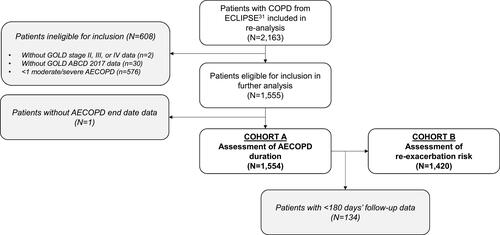
Figure 2 Kaplan–Meier cumulative incidence curves for time to first moderate/severe re-exacerbation within 365 days, stratified by severity of index exacerbation (cohort A). N=1,554 (moderate AECOPD n=1,273; severe AECOPD n=281).
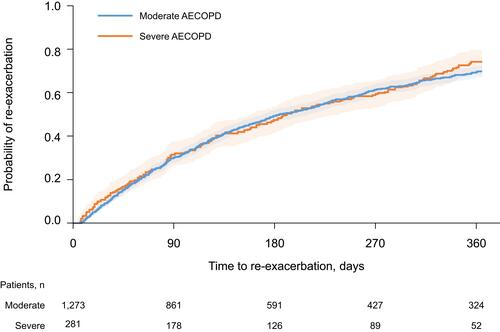
Figure 3 Conditional, monthly risk of first moderate/severe re-exacerbation within 180 days amongst patients experiencing ≥1 re-exacerbations, stratified by severity of index exacerbation (cohort B). N=704 (moderate re-exacerbation n=590; severe re-exacerbation n=114). Conditional analysis of patients who experienced a moderate or severe re-exacerbation within 180 days. The index date is the end of the index exacerbation.
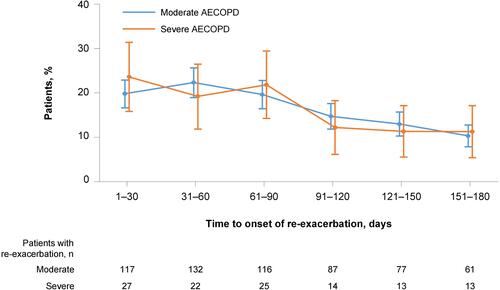
Table 2 Characteristics of Patients Experiencing Early or Late Moderate/Severe Re-Exacerbation, or No Re-Exacerbation, Following a Moderate/Severe Index Exacerbation (Cohort B)
Figure 4 Patients who experienced early, late, or no moderate/severe re-exacerbation within 180 days of index date. An early re-exacerbation occurred within 1–90 days from end of index exacerbation; a late re-exacerbation occurred between 91–180 days from end of index exacerbation; no re-exacerbation meant that a patient did not re-exacerbate within 1–180 days from end of index exacerbation. N=1,420 (moderate/severe index exacerbation). N=1,180 (moderate index exacerbation). N=240 (severe index exacerbation).
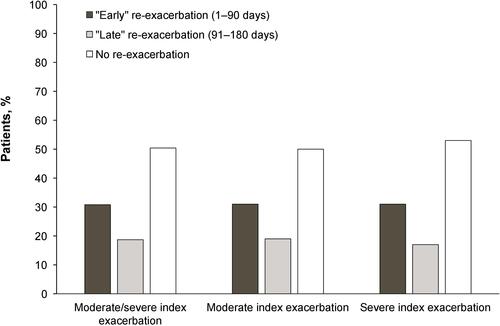
Figure 5 Multivariable analysis showing factors potentially predictive of early, late, or no moderate/severe re-exacerbation within 180 days of end of index moderate/severe exacerbation. (A) Proportional-odds-predictive model; (B) Non-proportional odds model.
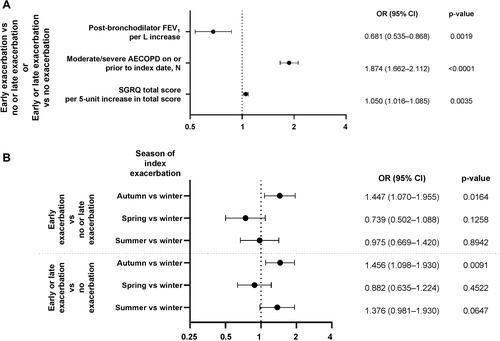
Table 3 Characteristics of Patients with Prolonged and Non-Prolonged Moderate/Severe AECOPD Events (Cohort A)
Table 4 Univariable and Multivariable Analyses of Factors Potentially Associated with Prolonged Moderate/Severe AECOPD Duration
